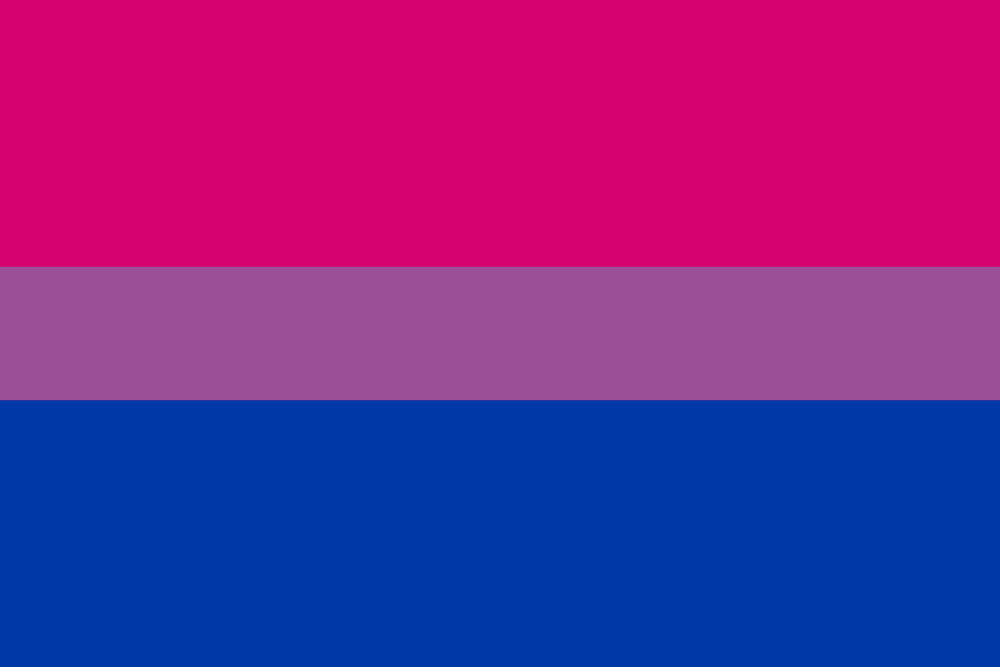The Bisexual flag features three primary colors: Pink, Purple, Blue. The table below showcases the common and popular codes for these colors in HEX, RGB, and CMYK formats, along with Pantone (PMS), RAL, and NCS (Natural Color System) references. Remember, HEX and RGB codes are ideal for digital projects and web design (including HTML and CSS), while CMYK values are tailored for printing purposes.
The "Bisexual" Flag is a symbol of pride and visibility for the bisexual community. It was designed by Michael Page in 1998 to provide the bisexual community with its own distinct and recognizable symbol. The flag consists of three horizontal stripes with specific colors and proportions:
- Magenta (Top Stripe): The top stripe takes up 40% of the flag's height and represents same-sex attraction.
- Purple (Middle Stripe): The middle stripe takes up 20% of the flag's height and represents the blend of both same-sex and opposite-sex attraction, symbolizing the fluidity and diversity of bisexuality.
- Blue (Bottom Stripe): The bottom stripe also takes up 40% of the flag's height and represents opposite-sex attraction.
The blending of the magenta and blue colors in the middle to create purple signifies the overlap and intersection of these attractions, emphasizing that bisexuality encompasses attraction to more than one gender.
The Bisexual Flag is displayed during Pride events, Bisexual Awareness Week, and other celebrations and gatherings within the LGBTQ+ community. It serves as a powerful emblem of bisexual identity, advocating for recognition, understanding, and acceptance of bisexual individuals and their unique experiences.
